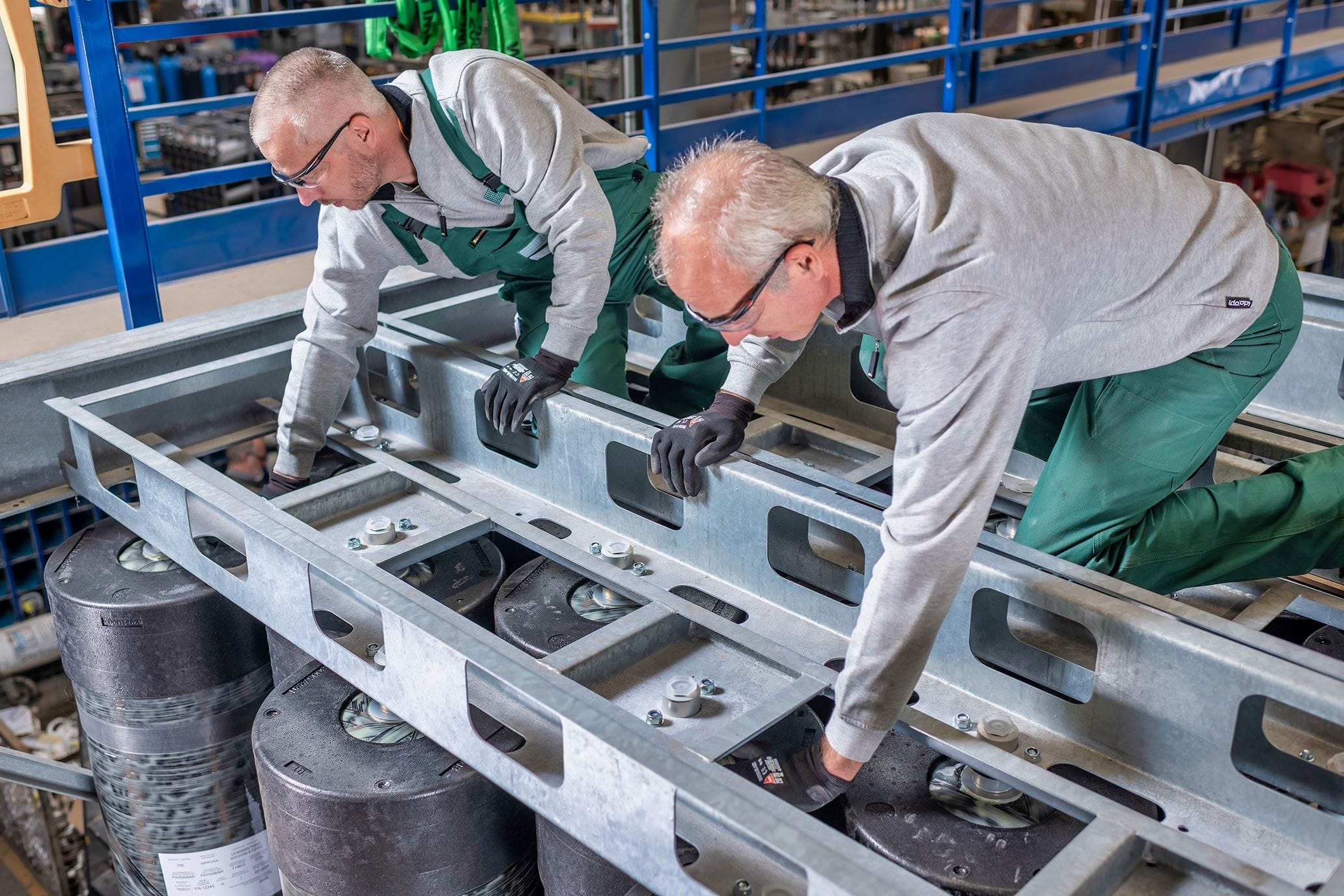
Earlier this year, the German government announced that it would shut down all its coal-burning power stations within twenty years, as part of its drive to move to a carbon-free economy. Given that Germany has been the world’s biggest producer of lignite (coal) for decades, this was truly momentous news.
NPROXX’s home region of North Rhine Westfalia (NRW) in western Germany is one of the three main areas in the country for producing coal from open cast mines. Historically the coal mining industry has provided the power source for a range of other heavy industries in the area.
Many jobs in NRW currently rely on coal, but the area is also at the heart of the drive to develop and use new technologies to solve the carbon-free challenge. Many new companies and research institutes in the area are pioneering new technologies such as hydrogen fuel cell development and other advances in renewable energy technologies.
Furthermore, the area is also ideal to make use of the new concept called ‘sector coupling’. NRW has strong knowledge in the energy industry and a large number of renewable energy plants. Sector coupling makes use of renewable energy produced by sustainable energy installations like wind and solar farms, converts it into hydrogen gas using an electrolysis-based process, and then stores that gas at high pressure for use elsewhere, such as inner-city buses or heavy-duty vehicles. This helps to solve the emission problems in the city centers in the area and to provide carbon-free energy.
NPROXX is situated at the heart of this emerging technology hub. We manufacture high-strength, lightweight type 4 pressure vessels made from wound carbon fibre which are used to store hydrogen gas at high pressures, up to 700bar. Our pressure vessels are extensively tested and certified for use in a range of mobile and stationary applications. Working with a range of the world’s most prominent transport and automotive companies, as well as many high-tech partners from NRW, NPROXX also designs and produces complete end-to-end solutions for hydrogen transport and storage.